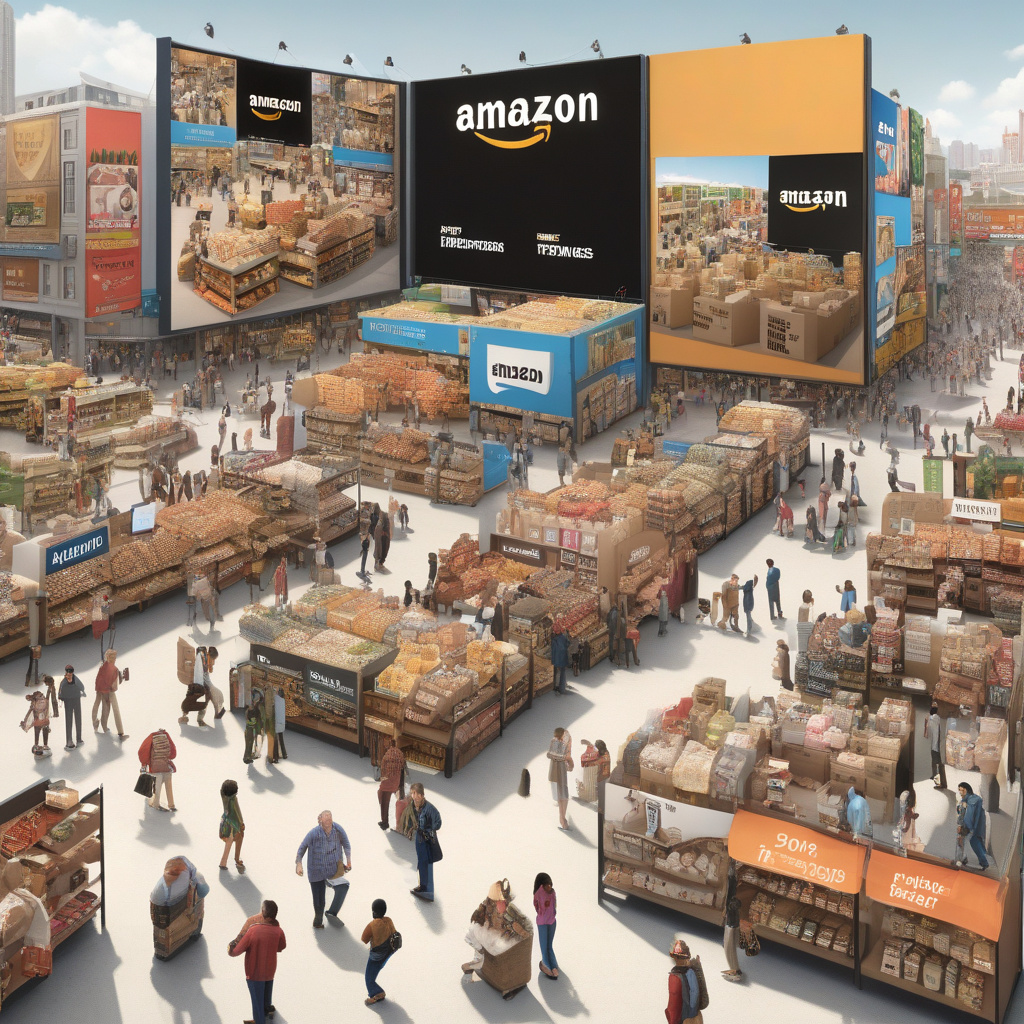Tariff Tensions Flare Over Amazon Price Display
The recent escalation of tariff tensions is sending shockwaves through the business world, particularly in the realm of online retail. Amazon, the e-commerce giant, finds itself at the center of this storm as experts warn that tariffs could drive inflation as companies adjust prices and outlooks. The impact of these tariffs on Amazon’s pricing strategy is not only a matter of financial concern but also a litmus test for the resilience of the e-commerce behemoth in the face of economic uncertainty.
The imposition of tariffs on certain goods has the potential to disrupt the delicate ecosystem of pricing on Amazon. With a vast array of products sourced from around the globe, the e-commerce platform is highly sensitive to fluctuations in production costs. As tariffs increase the cost of imported goods, companies selling on Amazon may be forced to raise their prices to maintain profit margins. This, in turn, could lead to higher prices for consumers, ultimately driving inflation.
For Amazon, navigating these tariff tensions requires a delicate balancing act. On one hand, the company must consider the financial implications of absorbing increased costs versus passing them on to consumers. Raising prices could potentially lead to a loss of competitiveness and market share, particularly in the highly price-sensitive e-commerce landscape. On the other hand, maintaining lower prices in the face of rising costs could eat into profit margins and erode investor confidence.
To mitigate the impact of tariffs on its pricing strategy, Amazon may need to explore alternative sourcing options or renegotiate contracts with suppliers. By diversifying its sourcing locations and investing in domestic production, Amazon could potentially shield itself from the full brunt of tariff-related cost increases. Additionally, the company could leverage its vast network of sellers to negotiate bulk discounts or explore synergies that drive down costs across the supply chain.
Moreover, Amazon could use its pricing algorithms and data analytics capabilities to optimize pricing strategies in real-time. By closely monitoring consumer behavior and market trends, the e-commerce giant can adjust prices dynamically to reflect changes in production costs. This proactive approach to pricing could not only help Amazon weather the storm of tariff tensions but also position the company as a leader in agile pricing strategies.
In the face of tariff tensions, Amazon’s response will be closely watched by industry observers and investors alike. The company’s ability to navigate these challenges while maintaining its position as a market leader will be a testament to its adaptability and strategic foresight. As companies across industries grapple with the implications of tariffs on their bottom line, Amazon’s experience will serve as a valuable case study in resilience and innovation in the ever-changing global marketplace.
In conclusion, the tariff tensions currently impacting Amazon’s pricing display are a stark reminder of the interconnectedness of the global economy. As companies adjust their prices and outlooks in response to tariffs, the ripple effects are felt far and wide. By staying agile, proactive, and data-driven in its pricing strategy, Amazon can not only weather the storm of tariff tensions but also emerge stronger and more competitive in the long run.
tariffs, Amazon, pricing strategy, e-commerce, inflation












